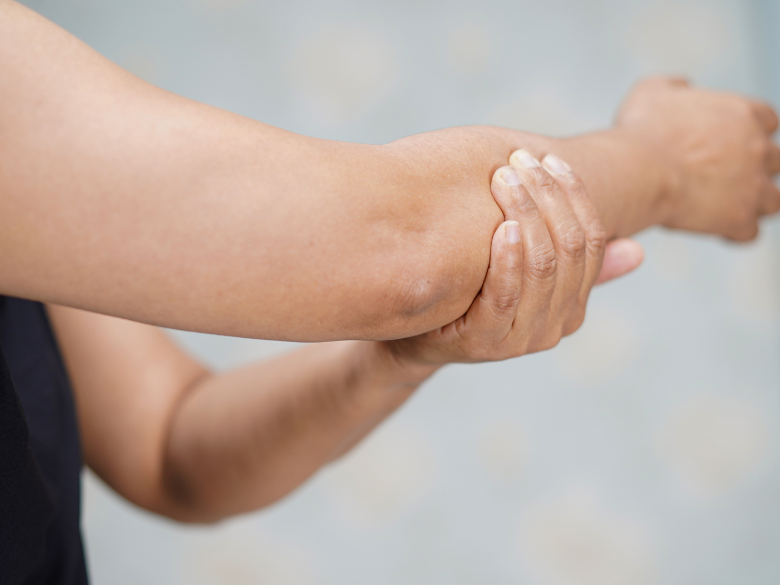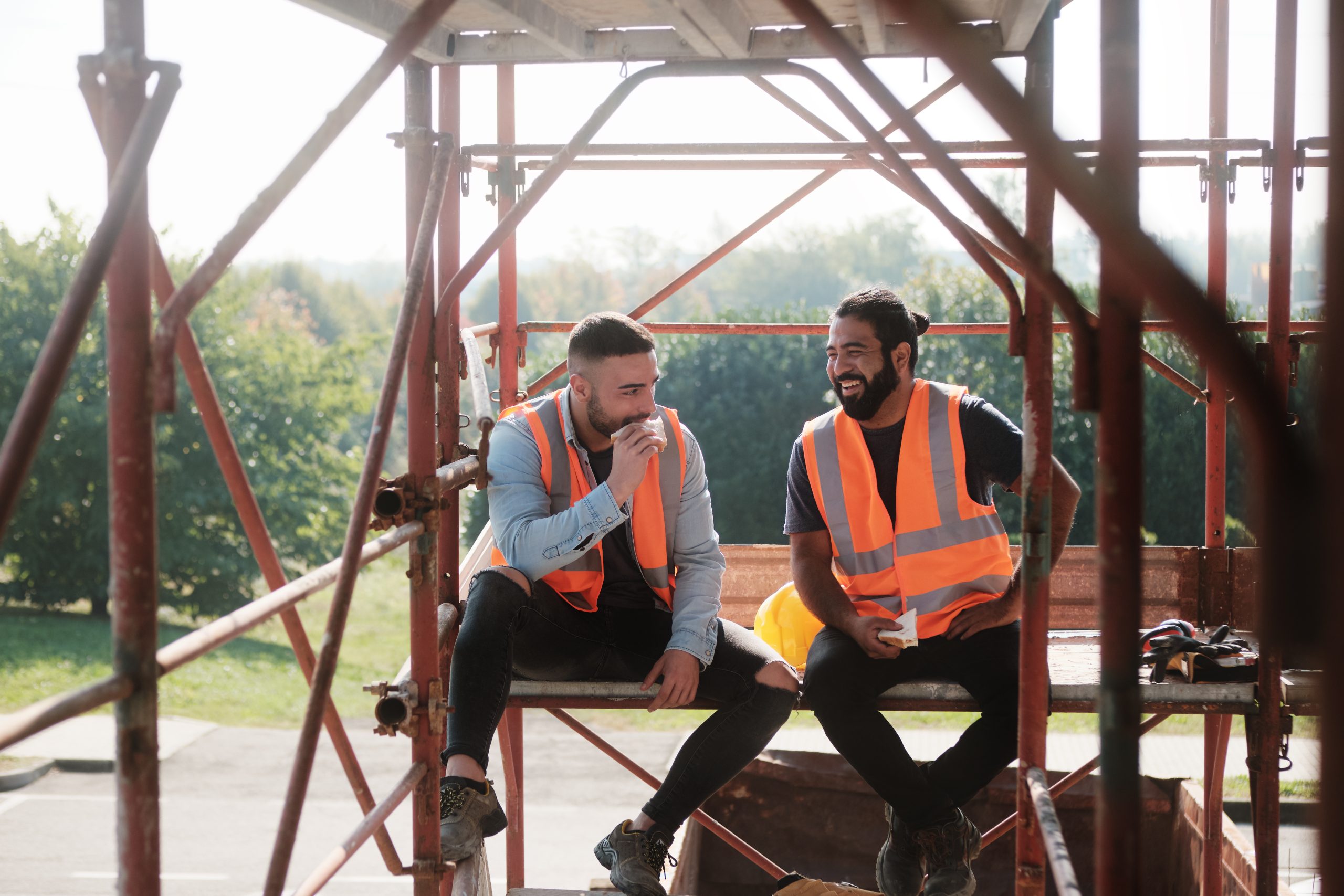
There’s an easier way to kick off projects, and it’s with HazardCo. Cut the time you spend on health and safety admin, without cutting corners!
If you’re the principal contractor, you need to have a clear plan in place that everyone is aware of (including your workers and contractors).
Get tradies, contractors and anyone else stepping foot on-site to download the HazardCo app and you’re all set. Did we mention it’s free to download?
A quick scan of the onsite QR code with the app allows everyone to induct themselves as they turn up.
Start your project the right way. HazardCo will help you to nail your health and safety before you start the build and throughout the life of the project – giving you one less thing to worry about and helping you get your team and contractors home safe at the end of every day.
Our Advisory Team gets a heap of questions about near misses and if they should be recorded. Let’s look at what’s considered a near miss, when they should be recorded and how to go about it.
Tradies know all too well how regularly they have a close call on-site. But is a “close call” the same as a near miss?
Put simply, yes. A near miss is a dangerous event that occurred without causing personal injury or on-site damage of any kind.
Examples could be anything from a worker tripping over stacked material, dropping a hammer off the scaffold onto the ground, or backing the truck and narrowly missing the boss’s ute. While these seem fairly innocent, they could have been more serious and it’s important that they are all reported. Evaluating what could have been done differently ensures on-site health and safety remains a priority, with near-miss prevention at the top of the list.
Ignoring a near miss might not seem like a big deal, but it can create a culture on-site where safety isn’t taken seriously. We tend to find that when incidents aren’t reported, these are some of the common reasons why:
Look at near miss reporting as a second-chance educational tool. It’s not about blame or singling anyone out, it’s about discussing and emphasising a safer environment on-site. Combined with encouraging near miss reporting, it could mean the difference between change or injury.
Are there patterns in near misses occurring? Are there lots of reports of tools falling from height?
Investigate and ensure controls like the below are in place:
Near misses should never be overlooked. With a swipe and a few taps of the HazardCo App, on-site incident reporting couldn’t be easier. Every tradie deserves to knock off injury-free after a hard day on the tools. Follow up on near misses, discuss the possibilities and take action with HazardCo.
With the introduction of the new work health and safety regulations in WA that came into effect on 31 March 2022, we are pleased to be able to support home builders to understand these new WHS laws and put in place a simple and effective system that will help them to feel confident they are protecting both their team and their business.
Executive Director of Master Builders WA, John Gelavis says we are really excited about this partnership, as it will help provide Master Builders members with the opportunity to access reliable safety tools and advice, which will build a better and safer industry for all.
“The WA building and construction industry relies on safety advice, and with the recently changed Work Health and Safety Laws, this partnership with HazardCo will be an extremely useful tool and service for our members”, says Mr Gelavis.
Alongside discounted access to the HazardCo system and advisory services, Master Builders WA members are also entitled to a free WHS check-up to take stock of what should be done on-site and off-site to provide a safer site and work environment. We will help you evaluate your current systems in light of the new WHS laws in WA and will provide guidance on what’s being done well and areas of improvement.
Chief Executive and Director of HazardCo, Iain Dixon says HazardCo is proud to partner with Master Builders WA.
“Master Builders WA is one of the most recognised and respected brands in the industry. This partnership reflects our desire to collaborate with companies who share the common goal of helping builders to keep their teams and their businesses safe. We look forward to meeting more builders throughout WA and introducing them to a better, simpler way to manage their health and safety”, says Mr Dixon.
To find out more about the partnership and get your H&S sorted click here.
Summer is here, are you prepared for the heat?
Summer is here – longer days, sunshine, and the outdoors sound like the perfect conditions to get all that work done. It doesn’t matter what time of year it is, hazards and risks are forever present and summer brings with it its own risks.
Have you thought about what you are doing to protect your team from the effects of the summer sun and heat?
“Slip, Slop, Slap, Seek and Slide” to minimise the obvious risks of sunburn and skin cancer, but we also need to be aware of the risk of heat exhaustion, dehydration and fatigue.
Check out this resource from the Cancer Council that gives some handy tips for working outdoors.
Heat exhaustion
Heat exhaustion occurs when our bodies overheat from the loss of water and salt due to sweating. If left untreated it can lead to heat stroke.
Heat stroke
Heat stroke occurs when the body is no longer able to keep itself cool causing a high body temperature of 39.4 degrees or more.
Heat rash and heat cramps are earlier stages of the onset of heat exhaustion. Knowing the signs and what to do will help prevent the onset of heat exhaustion or worse, heat stroke.
Managing the risks
First Aid recommendations
If someone is showing signs or symptoms of a heat-related illness, Safe Work Australia has a great resource that gives some handy tips on first aid treatment options. Click here to learn more.
Note: Workers who have underlying medical conditions or health issues can make them more susceptible to heat related illness.
Need Help?
As always, if you have any questions or would like to discuss your work hazards, give our Health and Safety Advisory team a call on 1800 954 702.
When we hear the term “red flags”, we often think of warning signs when it comes to a particular situation. In the way of a construction site, this could be anything from a messy site, to using out of date H&S paperwork.
Some red flags are more visible or obvious than others, however it’s important to eliminate red flags on your site as they can cause injuries and other issues for you and your crew.
Not having a fence around the property perimeter could invite unauthorised entry. If your site isn’t secure, members of the public or children can enter the site, which could lead to injuries, property damage or stolen items.
Easy, ensure your site has adequate fencing set-up around the perimeter to prevent unauthorised entry. Take into consideration the height and ensure it’s not only high enough, but also check that the gap at the bottom isn’t too big where people including children could squeeze through underneath.
A messy site can lead to all sorts of problems. Waste and other objects left lying around can create obstacles for you and your crew. These in turn could cause slip and trip injuries, something we want to avoid!
Make sure your team is regularly cleaning up after themselves. Waste materials like cardboard, general rubbish and other lighter material to be placed/stored in such a way to eliminate tripping hazards and prevent them from flying off site especially during strong winds. Having a skip or bins available will make this task easier for everyone to get done.
The site sign provides all of the important details including an after hours contact number. If something happens on site and the principal contractor needs to be contacted, it needs to be easy to find.
Display a Principal Contractor sign in a visible location which includes the following information:
If there is no process for identifying the hazards, assessing the risks and what controls are required for a task, it could pose a significant risk to workers onsite.
SWMS are required for all high risk construction work. Ensure SWMS are accessible to the workers performing the task.
It’s important that SWMS are regularly reviewed. If the SWMS is not being followed due to a variation of work or conditions have changed, then work must stop until the SWMS is reviewed and updated.
There’s a few reasons why. When people are unaware of incidents or near misses occurring on site, it could lead to the same incident occurring repeatedly. The other issue is that some incidents legally need to be notified to WorkSafe/SafeWork. A fine can be given if this does not occur.
Reporting injuries is also important when it comes to making sure the worker receives appropriate treatment, (e.g. medical treatment) and other support, (e.g. return to work).
When incidents, near misses, injuries and illnesses occur on-site it’s important they are reported and investigated. By recording an incident via the HazardCo App, it automatically populates an incident register on your Hub so that all the incidents are recorded in one central location.
Investigations are important as they look at why the incident occurred and what controls can be implemented to prevent them from occurring again.
H&S paperwork needs to be kept up to date to help keep your workers safe. If yours is out of date, it could contribute to an incident on-site.
Additionally, lack of H&S documentation (e.g. SWMS) could mean you’re not complying with Legislation so you could be liable for certain prosecutions and/or fines.
If you’re old school and don’t mind filling out H&S paperwork by hand, make sure you are using something that is current e.g. SWMS is specific for the high risk task.
If you’re like us and love using a digital system, use the HazardCo App to get your H&S done quickly and simply. All of our features including the SWMS and site review are regularly reviewed and kept up to date including when legislation changes.
Click here to download the Builder checklist. If you’re a trade, email our team at info@hazardco.com and we’ll send you the Trade checklist.
Most cement, lime, mortar, concrete, and plaster products are hazardous substances that contain strong alkalis.
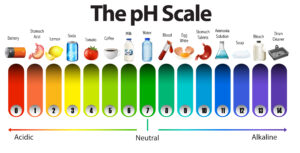
As seen in the image above, alkalis are on the opposite end of the PH scale from acids, however, can be equally as dangerous, being extremely destructive to your eyes. The way you handle the first seconds, minutes, and hours after you get the dry powder or wet mix in your eyes, will determine the outcome.
Alkalis may start their damaging work in your eye without much pain or symptoms, but over time the damage gets worse. So beware, follow the first aid steps below even if you don’t feel pain.
Don’t become one of the statistics: in 2019 – 2020 there were 197 injury claims resulting from chemical or other substances to the eye.

Every second counts! Run to the closest tap, eye wash station or water bottle and start flushing your eye. You are aiming to dilute the alkali to lessen the damage.
Wash your face and hands, you don’t want to get more cement product in your eyes. Flush your eye with a steady stream of running water. Let it pour into your eye while lifting both eyelids to rinse out all the cement granules underneath. Do not reuse the water and do not let contaminated water run into the unaffected eye.
If you do not flush your eye, or stop before you are told to do so, you may suffer from permanent eye damage, dry eyes, vision loss and more.
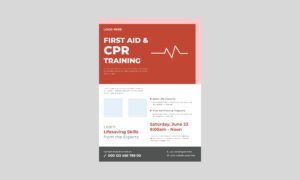
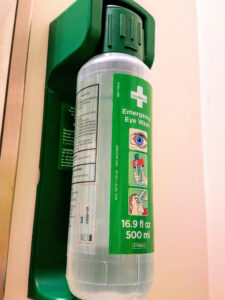
You can create a Hazardous Substances Register using the template available in your HazardCo hub. You can attach the SDS’s to the register and share it with your team.
If you have an incident where someone gets cement/concrete in their eye, remember to report this as an incident in the HazardCo App. This will automatically be added to your incident register in the HazardCo Hub, and the Advisory team will be in touch with you to discuss next steps if it is deemed to be notifiable.
For questions or support, contact the friendly advisory team at HazardCo on 1800 954 702 or info@hazardco.com.
Timber frame standing and truss erection can be back-breaking work! It is often high risk work with some serious potential injuries. We recommend these three steps are completed prior to every install. Ensure that everyone understands the process and their role, from when frames and trusses arrive on-site all the way through to standing.
The development of Risk Assessments and SWMS are crucial to your workers to ensure their safety throughout the build. To make these processes easy, you can complete these on the HazardCo App.
Some things to think about when creating a Risk Assessment and SWMS for frame and truss delivery and erection are:
Is the work area secure?
Clients, visitors, and members of the public cannot enter the area and workers are aware that they should only enter if they are required for the tasks.
Have all site inductions been carried out and an emergency plan developed for any at height work?
Have all workers who work at height been trained to do so? Is access to height suitable and is fall protection in place?
Have all workers been provided with the correct PPE? Are all tools and equipment available and in suitable working order for the task?
The purpose of a SWMS is to go into detail for each of the tasks to be carried out. Thinking about the hazards at each step and how they can be appropriately controlled.
You should think about:
Prior to work starting, workers should be involved in developing a SWMS. Consulting workers is important so they understand the detail of the SWMS and what they are required to do to implement and maintain risk controls. Sharing information and using the knowledge and experience of workers will help make sure the work is performed safely and in line with the SWMS.
On paper, this sounds like a lot of work – but it is made simple by using the HazardCo App, and using SWMS templates that you can save as templates and amend again and again. You’re not having to start from the beginning for tasks that you complete regularly. Do remember to check over your templates before approving them as different sites can present different hazards that you don’t want to miss, (overhead power lines as an example).
When working at height, either on a second story or setting trusses you need to ensure that your workers are safe, not just from falling, but from tools, equipment, or materials falling too.
Scaffolding
Once the lower level frames have been stood/braced appropriately, safe working platforms should be installed such as scaffolding. Scaffolding over 4m must be erected by a licensed scaffolder and all scaffolding should be checked by a competent person regularly.
Edge protection
If the potential of a fall cannot be eliminated when working on a roof, some form of edge protection should be used to isolate workers from a fall. This includes working on single-story buildings and structures. Using the existing scaffolding as edge protection is often the simplest solution. If this is not practicable, then elevating work platforms or temporary work platforms should be used. Toe boards should be fixed to temporary edge protection as a way of containing all materials, including debris and loose tools.
Worksite traffic can be a major cause of harm on work sites. When it’s close to having your frames and trusses delivered to site and you’re considering dates with the delivery company, it is essential to communicate the traffic management plan with them. This provides the company and drivers involved with a clear picture of how the site has been structured and can assist the delivery company in selecting the correct sized vehicle for the delivery, taking into account the site size and structure.
Ensuring that you implement the above can prevent many injuries on site, as well as regular toolboxes, making plans for ‘what if’ situations (rescue plans) and discussing these with your workers to keep them alert so they’ll know what to do if an incident occurs on-site.
For some useful information on the safe installation of roof trusses and framing please view these resources:
WorkSafe Victoria: Safe erection of roof trusses
WorkSafe Victoria: Preparing to erect timber wall frames
SafeWork Australia Managing the risks of falls in housing construction
We are excited to announce our partnership with Acuite, a construction-specific reporting and analytics platform, to help small and medium-sized building companies to get on top of their health and safety.
This strategic partnership will deliver powerful new Dashboards, powered by Acuite to HazardCo members, giving them the tools to track health and safety activity and improve safety outcomes.
With so much to keep track of on-site, Dashboards are a practical way for HazardCo members to understand what health and safety activity is taking place across their business and at each project site. Often the business owner or admin staff are based in an office or moving between multiple sites. They want to be able to see at a glance what health and safety activity is taking place, view trends over time, and discover how to improve.
David Speight, Co-Founder, and CEO of Acuite Construction Intelligence says, “the Acuite founders are builders and we know it’s not easy. Through combining forces with HazardCo, we feel we can make a real difference by not only making sites safer but also improving the lives of builders through arming them with the knowledge to put them on the front foot of their projects”
Following the integration, HazardCo members can get real-time insights into key health and safety activities happening on their sites through Dashboards. These Dashboards help users to understand the areas that are performing well, and those in need of improvement in a simple and easy-to-understand way.
Iain Dixon, Chief Executive Officer at HazardCo says “We are excited to be working with Acuite because they are the best in the business for reporting, analytics, and insights. Like HazardCo, they specialise in construction, they come from the industry and keep things simple. We’ve had a great response from our members already with feedback that they are loving the quick snapshot they can get from viewing their Dashboards, and being able to see at a glance what health and safety activity is happening or not happening”.
Acuite is a reporting and analytics platform. As builders themselves, their mission is to improve the lives of those in construction by creating holistic data-driven insights as well as arming them with the knowledge, time, and transparency to make better decisions.
When it comes to incidents, a common misconception is that you need to report incidents to HazardCo immediately. This is not the case. Reporting to HazardCo can often happen later once details of the incident have been established. The only time an incident should be reported immediately is when it falls under the criteria of being a notifiable incident, which means it needs to be reported to the Regulator (WorkSafe/SafeWork).
The HazardCo Safety Advisory team assesses all incidents that get reported via the ‘Report an Incident’ function on the HazardCo App. If the incident is notifiable to the Regulator, we will contact you to provide support, determine further details and ensure that the appropriate steps have been taken.
Initial incident report Description
Geoff hurt his leg.
What’s wrong with it?
This tells us nothing about Geoff’s injury, how he is or how it happened.
What does good reporting look like
Geoff hurt his leg whilst carrying timber planks around the site by himself. The load he was carrying was awkward and there were star pickets uncapped near where he was walking. Geoff scraped his leg on one of the uncapped start pickets and dropped the timber. He suffered a graze to the back of his right leg. Geoff was checked over by Bob, a first aider. The grace was cleaned and a band-aid was applied to his graze. Geoff rested for a few minutes and was able to return to work.
What’s good about it?
See how good reporting tells us everything that we need to know about the incident, only includes the facts, and can still be done in a quick and easy way. The summary provided key information such as:
Need Help?
Reach out to HazardCo and speak to one of our expert Health and Safety Advisors if you have any questions or need support for incidents or near misses on your site. You can contact us on 1800 954 702.
Work-related musculoskeletal injuries account for the majority of workers compensation costs in Australia compared to any other type of injury. Musculoskeletal injuries account for 37% of serious claims in Australia*.
Work-related musculoskeletal injuries can arise from body stressing such as:
Common injuries for construction workers can range from sprains, strains, and contusions (bruising) which can be caused by heavy lifting, repetitive movement, poor body posture, forcefulness or muscle effort, or the vibrations from continuous use of hand tools. It’s important to note that these types of injuries can occur suddenly or develop over a period of time. Symptoms of a musculoskeletal injury may be in the form of pain and/or discomfort located in and around the neck, shoulders, wrists, back, and knees.
What is the Musculoskeletal system?
The musculoskeletal system is made up of the bones, muscles, tendons, ligaments, and cartilage of the human body. Maintaining good musculoskeletal health through prevention and early treatment can make for a long healthy career if you work in the construction industry.
When should I seek help if I suspect an injury?
As soon as you detect any pain or discomfort, inform your employer. It may mean adjusting your work for the day so as not to worsen the pain. You can seek medical assessment and treatment from a professional if the pain or discomfort is preventing you from working or if you have any concerns.
Can physiotherapy help?
Physiotherapy can provide treatment and support and will work with you to understand what work and movement can be done safely and what the recovery process may involve. They can also assist with creating a return to work process if required, so employers know how to support you during your recovery period.
Musculoskeletal physiotherapy aims to help the patient recover from their condition more quickly through regular treatment sessions and to develop coping strategies to aid the injured worker during the recovery process and prevent secondary problems from occurring. This can be achieved by manual therapy, education, exercise rehabilitation, and finding alternative ways to accomplish your goals and live your best life. The ultimate goal of your unique treatment plan is to bring your body function back to optimal so you can continue carrying out your role in the workplace and continue to enjoy the activities you love in your personal time.
What can I do to prevent injury?
Prevention and early intervention are key to maintaining a healthy musculoskeletal system so you can carry out your day-to-day duties on-site as well as personal activities. Ensure you keep fit and healthy; regular exercise, a good diet, and sleep can all assist in keeping your body ready to perform optimally and recover faster.
Where can I find more information?
Across Australia there is a lot of information available on this topic, we have provided a few below for you. Of course, reach out to Hazard Co and speak to one of our expert Health and Safety Advisors if you have any questions or need more support on this topic. You can contact us on 1800 954 702.
* Safe Work Australia reporting period of 2019 – 2020.

